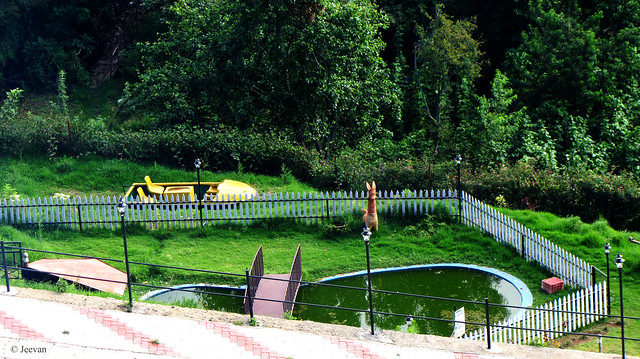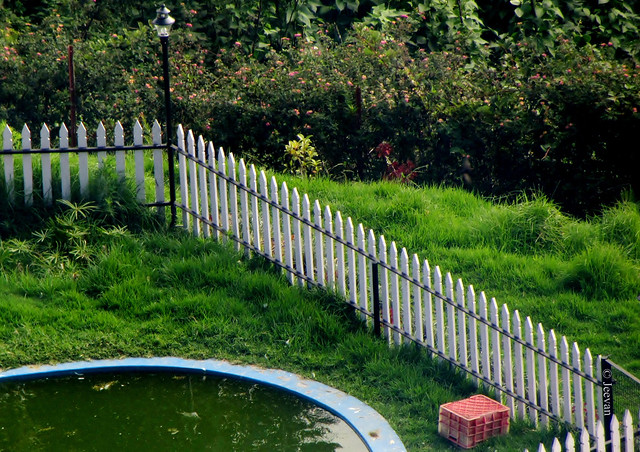During
my visit to Point Calimere (Kodiyakarai) we landed at Vedaranyam for temple
visit and to time pass while waiting for the Point Calimere Wildlife Sanctuary to
be open by afternoon to enter. Vedaranyam is a coastal town, about 50 km
southeast of Nagapattiman in Tamil Nadu along the Coromandel Coast of Bay of
Bengal. The town Vedaranyam derive its name from the temple here called
Vedaranyeswarar Temple, with Vedaranyeswarar as presiding deity, is dedicated
to Lord Shiva. The 7th century Saiva canonical work, Tevaram
(written by Tamil saint poets known as the Nayanars) mentions this place as
Tirumaraikadu, meaning the place where Vedas, the oldest scripture of Hinduism,
originated.
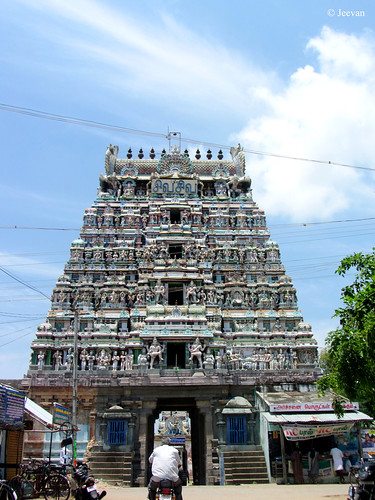 |
| Vedaranyeswarar Temple Tower (click photos for enlargement) |
Vedaranyam
is also a historical town and according to the inscriptions found in
Vedaranyeswarar Temple, Vedaranyam has been a part of the Chola Empire under
various reigns (from 871-1120 CE) until before it falls during 13th
century CE while under a power struggle between Pandyas and Hoysalas. The
Cholas had been profuse throughout their reign granting to the temple, which continued
even during the rules of the Nayaks of Thanjavur. The Vedaranyeswarar Temple is
a part of the series of temples built by Aditya Chola (871-907 CE) along the
banks of river Cauvery to commemorate his victory in the Tirupurambiyam batter.
The temple has a five-tiered gateway tower and a central shrine, holding the
image of Shiva in the form of lingam.
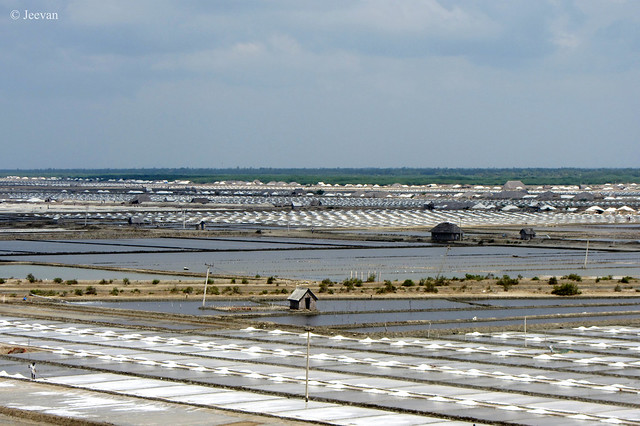 |
| Salt Pans of Vedaranyam |
Being
under French and British regime, like many other places in pre-independence era
and a part of Nagapattinam region, Vedaranyam is renowned for salt and struggle!
Producing around 500,000 tonnes of salt every year, Vedaranyam stands next to
Tuticorin in quantum of salt produced in Tamil Nadu. Thanks to the advantage of
Great Vedaranyam Swamp with total area of about 349 sq.-km stretching parallel
to the Palk Strait and Point Calimere wildlife sanctuary to extreme east; Vedaranyam
has five fresh water channels from river Cauvery draining into the swamp, that obtain
continuous source of fresh, saline or brackish water during the southwest
monsoon and dries up in summer, contributes to salt extraction.
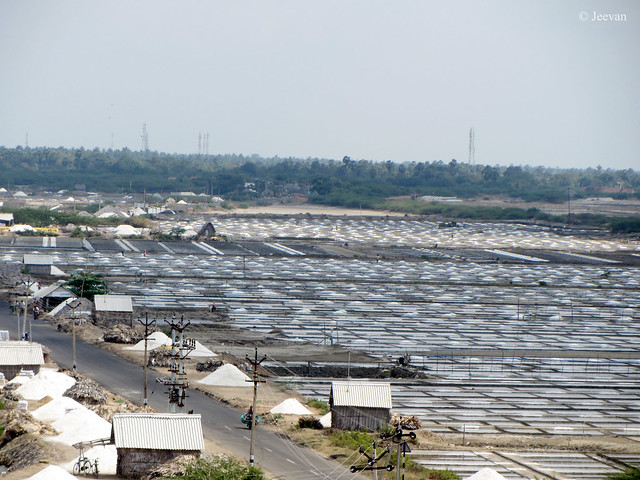 |
| Salt Pans along the way to Point Calimere from Vedaranyam |
The swamp is also
filled by two periodical high tides that occur during the full moon days of
summer. The saltpans spread over 11,000 acres between Vedaranyam and
Kodiyakarai has small, medium and large salt manufactures that employ around
20,000 people. Aside salt manufacturing, fishing and salt water prawn cultivation
is also primary activities of Vedaranyam. During the British period, salt from
Vedaranyam has been transported to Nagapattinam port though a 52 km long canal since
road transportation has been limited between these two towns then. Vedaranyam is
a place that earned name for supporting Dandi March, one of the prime protest
lead my Mahatma Gandhi against sales tax levied on salt extraction.
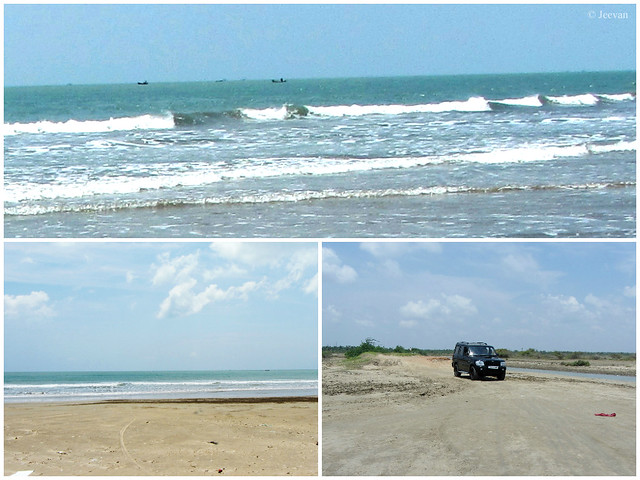 |
| Vedaranyam Beach |
While
Gandhi launched the Dandi March along India’s west coast to protest against the
tax imposed by British Raj for salt extraction, his close associate and later India’s
first Governor-General C. Rajagopalachari carried out a salt march in parallel,
to the event on the east coast starting from Tiruchi to Vedaranyam. His group led
by 100 volunteers was arrested by the British for collecting salt directly from
the sea on the coast of Vedaranyam on 30 April 1930. There is a Salt
Sathyagraga Memorial Stupe on the way to the Vedaranyam beach, built in memory
of the salt march that sent Rajaji and others to six months imprisonment. Equivalent
to Raameshwaram, taking bath in Vedaranyam beach is also believed to drive away
sins!



